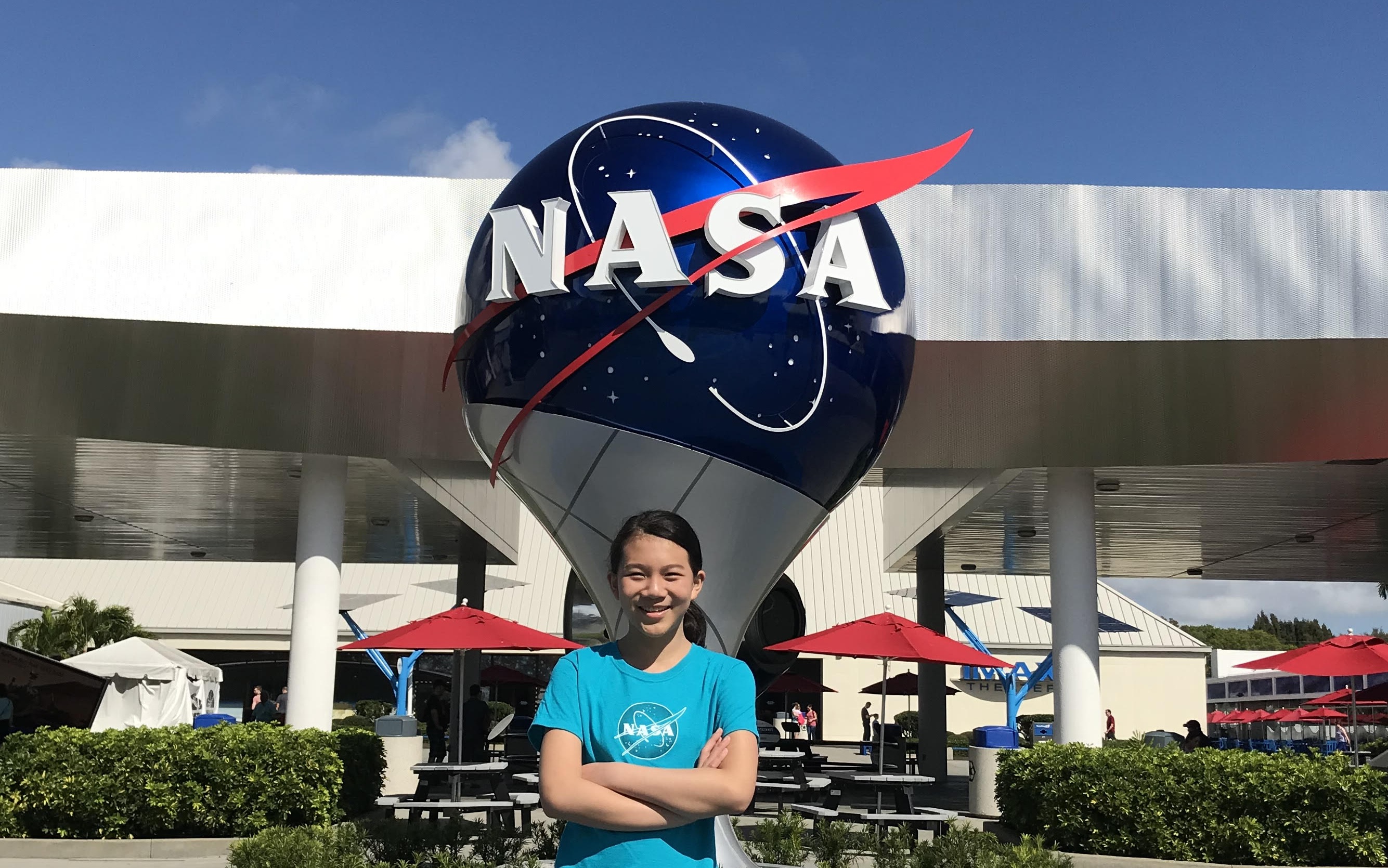This article series is a part of a larger initiative by CERN & Society Foundation to inspire young girls and women in STEM careers and help aspiring scientists push existing boundaries. Our Women in STEM campaign aims to reduce the gap between dreaming and achieving fulfilling careers in science.

“As someone with a bubbly and outgoing personality, I've often been perceived by male peers as incapable because I didn't fit the stereotype. I've learned how to reconcile my naturally extroverted personality with my passion for STEM through my experiences and struggles.”

I'm Jaiden, a 17-year-old high school student at Andover High School! I was born in China, raised in Singapore, and I am currently living in the United States. My experiences around the world have sparked my interest in language, and I plan to double major in Linguistics and Computer Science in college.
My passion for science started in 6th grade when I discovered astronomy while watching a National Geographic video on Jupiter, "the King of the Solar System." Though I had always enjoyed math and science in school, it was the first time I was really motivated to learn outside of class - watching astronomy videos, memorizing facts, and begging my parents to visit NASA's Kennedy Space Centre.
As someone with a bubbly and outgoing personality, I have often been perceived by male peers as incapable because I didn't fit the stereotype. I have learned how to reconcile my naturally extroverted personality with my passion for STEM through my experiences and struggles. There were many challenges as a girl interested in science especially when you’re still learning. In my school's robotics club, I was told that I ‘couldn't succeed in a STEM career’ after making a mistake in my code that led to our team losing the state championship by my team leader, an older male student. This was a major setback for me and almost led me to stop pursuing my passion in STEM because I was convinced that I didn't have the ability to do it. However, a small part of me wanted to try doing something on my own - up until that point, I had only ever coded important projects alongside other people. I told myself that if working on my own didn't work out either, then maybe I really wasn't suited for STEM. It turned out that I really loved making independent projects! When I was ready, I began working in a team again, which led to us winning the Beamline for Schools competition and getting to conduct our experiment at DESY.
As a young girl, the scientist who inspired me most was Marie Curie. I wanted to be exactly like her: so brilliant it quite literally killed me. However, after realizing that I didn't have to be brilliant to pursue STEM, my current role model is Karen Spärck Jones - the woman who invented inverse document frequency, a very important algorithm in Natural Language Processing. She wanted to program a computer to understand words that can have many meanings (like "integral"), combining linguistics with statistics.
While there are many women role models in science, I don't think there are enough. Girls need examples of female scientists in every field in STEM who have faced setbacks and preserved because of them.

During my time at DESY and CERN, I not only learned that physics is not an insular field - it draws on so many statistics, computer science, electrical engineering, and more - but that it's welcoming to anyone of any gender. I'm now even more empowered to pursue a career in STEM after meeting female scientists who all hold their own with such poise.
I hope that I will be an advocate for young women in STEM, and in addition to being a researcher in computational linguistics, help address gender bias in AI. I also want to always remain curious about the world around me and carry on the Beamline for Schools spirit by remaining involved in physics and drawing connections across different fields.
Curiosity matters more than raw ability. Your skills can be developed later - if you're passionate about science, go and chase your dreams!